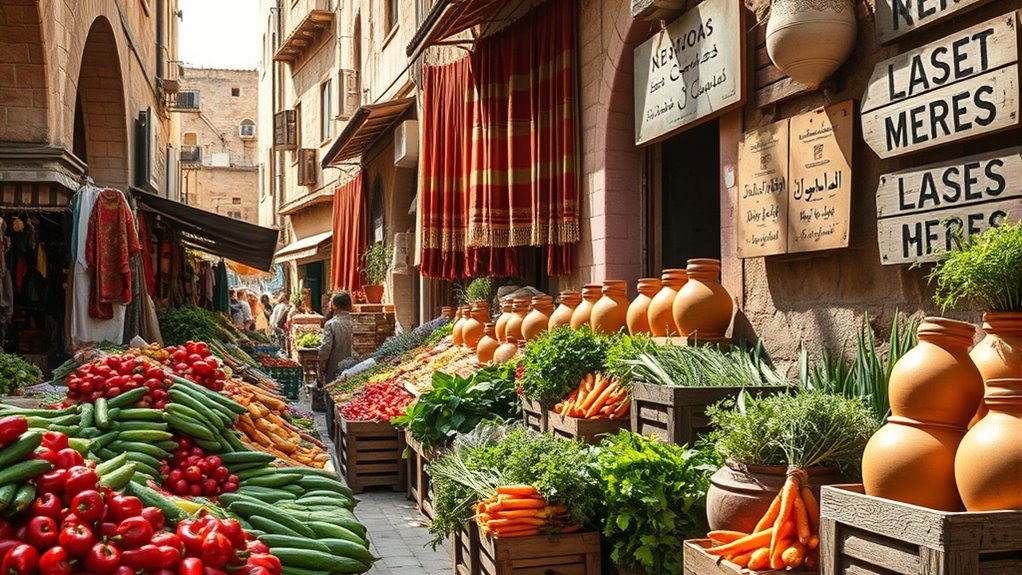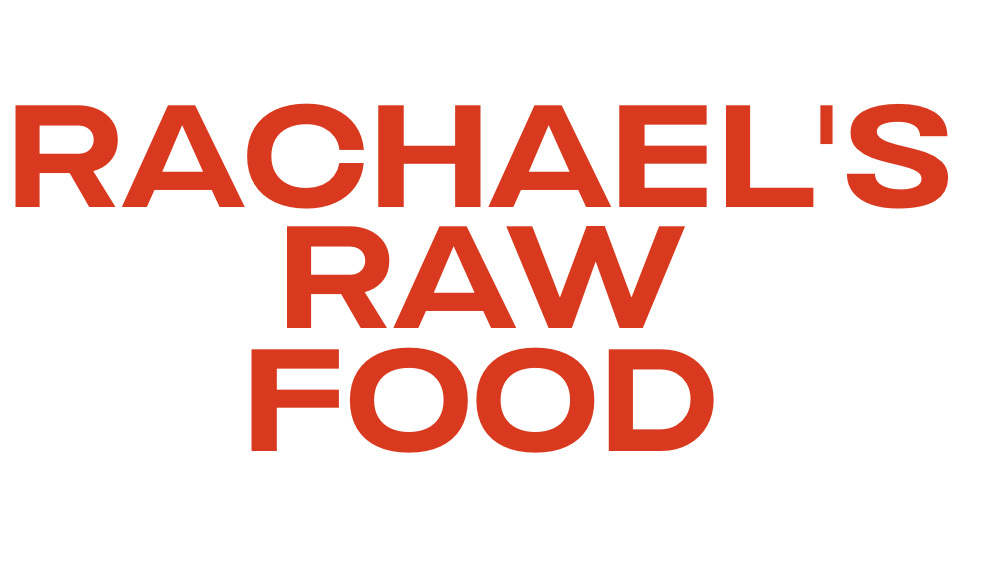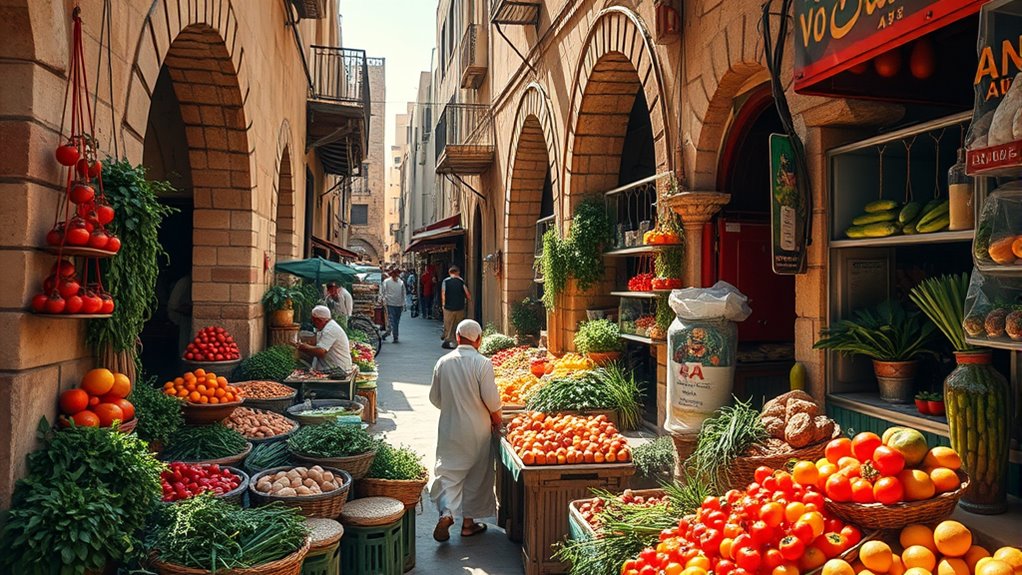On this Middle Eastern journey, you’ll explore bustling markets filled with fresh, vibrant foods like spices, herbs, and grilled meats. You’ll experience a lively atmosphere full of sounds, aromas, and colorful displays that reflect centuries of tradition. As you wander narrow alleyways, you’ll see vendors sharing stories and preserving age-old skills. Every moment offers a glimpse into the region’s rich history and culture—if you keep going, you’ll uncover even deeper stories behind these ancient marketplaces.
Key Takeaways
- Explore vibrant ancient markets filled with fresh produce, herbs, and spices, offering authentic ingredients for Middle Eastern cuisine.
- Experience sensory overload with aromas, sounds, and colorful displays that reflect centuries-old trading traditions.
- Engage with local vendors to learn about traditional recipes, cooking tips, and cultural stories behind regional foods.
- Discover the historical significance of markets as centers of community, craftsmanship, and cultural exchange along ancient trade routes.
- Immerse yourself in a lively atmosphere that showcases the region’s rich heritage, resilience, and social customs through food and interaction.

Have you ever wondered what makes the Middle East so mesmerizing? It’s the way history, culture, and everyday life intertwine seamlessly, creating an experience unlike any other. One of the best ways to immerse yourself in this rich tapestry is through its traditional cuisine and vibrant market culture. When you step into these bustling markets, or souks, you’re immediately immersed in a sensory overload. The air is thick with the aroma of spices, fresh herbs, and grilled meats, and the sounds of bargaining and chatter fill every corner. These markets aren’t just places to buy goods—they’re living, breathing hubs of community and tradition. As you wander through narrow alleyways, you’ll see vendors displaying colorful piles of dates, nuts, and dried fruits, alongside stalls piled high with vibrant vegetables and herbs that seem to burst with freshness. You’re encouraged to sample everything; a quick taste of freshly baked flatbread or a sip of sweet mint tea becomes part of the adventure. The market culture here is rooted in centuries of tradition, where relationships matter as much as the products themselves. Locals take pride in their craft, whether it’s handmade textiles or age-old recipes passed down through generations.
Additionally, the vibrant markets often serve as a center for economic activity, sustaining local livelihoods and preserving traditional skills.
Your journey into authentic Middle Eastern cuisine begins with these markets, where raw ingredients are celebrated and showcased. You’ll find an abundance of fresh produce that forms the backbone of traditional dishes, from fragrant rice pilafs to hearty stews. The market vendors often have stories for each ingredient, sharing tips on how best to prepare them or their significance in local culture. It’s a dynamic environment that highlights the importance of community and shared history. Sampling street food is a must—succulent kebabs, spiced falafel, and fresh hummus served with warm bread are just a few examples of what awaits. These foods aren’t just about taste; they’re about connecting with a heritage that’s alive and thriving. Your senses will be awakened as you observe how food plays a pivotal role in social gatherings, religious festivities, and daily life.
Exploring these markets isn’t just about shopping—it’s about understanding a culture that values tradition, resilience, and hospitality. The raw ingredients and lively market scenes reveal stories of ancient trade routes, cultural exchanges, and the enduring significance of communal bonds. When you embrace this part of your journey, you’re not just tasting food; you’re experiencing history in its most vibrant form. The Middle East’s market culture invites you to see beyond the surface, immersing you in a world where every flavor and interaction carries centuries of tradition.
Frequently Asked Questions
What Are the Best Months to Visit Middle Eastern Markets?
The best months to visit Middle Eastern markets are during spring (March to May) and fall (September to November). During these times, the weather is pleasant, making it easier to enjoy the vibrant markets. Remember to respect cultural etiquette, like dressing modestly, and embrace market bargaining — it’s part of the experience. Visiting in these months helps you avoid extreme heat and crowds, ensuring a more authentic and comfortable adventure.
How Safe Is Traveling Alone on This Route?
Traveling alone on this route can be safe if you stay cautious and prepared. Solo travel safety depends on staying aware of your surroundings, avoiding risky areas, and following local security tips. Research your destinations beforehand, keep your valuables secure, and remain connected with friends or family. With these precautions, you can enjoy your journey confidently, making the most of the vibrant markets and cultural experiences along the way.
Are There Any Local Customs to Respect When Shopping?
Imagine stepping into a bustling market where bargaining feels like a dance—you’re expected to negotiate with respect. When shopping, remember local customs like dress code etiquette; modest clothing shows respect. Engage in market bargaining politely, smiling, and understanding prices are flexible. By respecting these customs, you’ll blend seamlessly into the vibrant atmosphere and build positive connections, making your experience richer and more authentic.
What Are Some Common Raw Foods to Try?
When trying raw foods, you’ll discover their benefits like preserving nutrients and fresh flavors. Popular raw dishes include vibrant salads, mezze with fresh herbs, and raw vegetable spreads. You might also enjoy fresh fruit, raw nuts, and local specialties like tabbouleh or baba ganoush. Exploring these raw foods helps you appreciate the region’s culinary freshness and health benefits, making your experience both delicious and nourishing.
How Do I Navigate Language Barriers in Markets?
When maneuvering language barriers in markets, you should focus on respecting cultural etiquette and using translation tools. Learn a few basic phrases to show politeness and make interactions smoother. Carry a translation app or phrasebook to help communicate your needs clearly. Smile and use gestures to bridge gaps, and be patient — these efforts show respect and often lead to more friendly, successful exchanges in unfamiliar markets.
Conclusion
As you wander through these ancient markets and savor the vibrant flavors, you realize that the true magic lies in the unexpected surprises around every corner. A chance encounter with a local vendor or stumbling upon a hidden alley filled with fresh produce reminds you that this journey is more than just a trip—it’s a series of fortunate moments. Embrace the spontaneity, and you’ll find the Middle Eastern adventure becoming a beautiful coincidence you’ll never forget.










